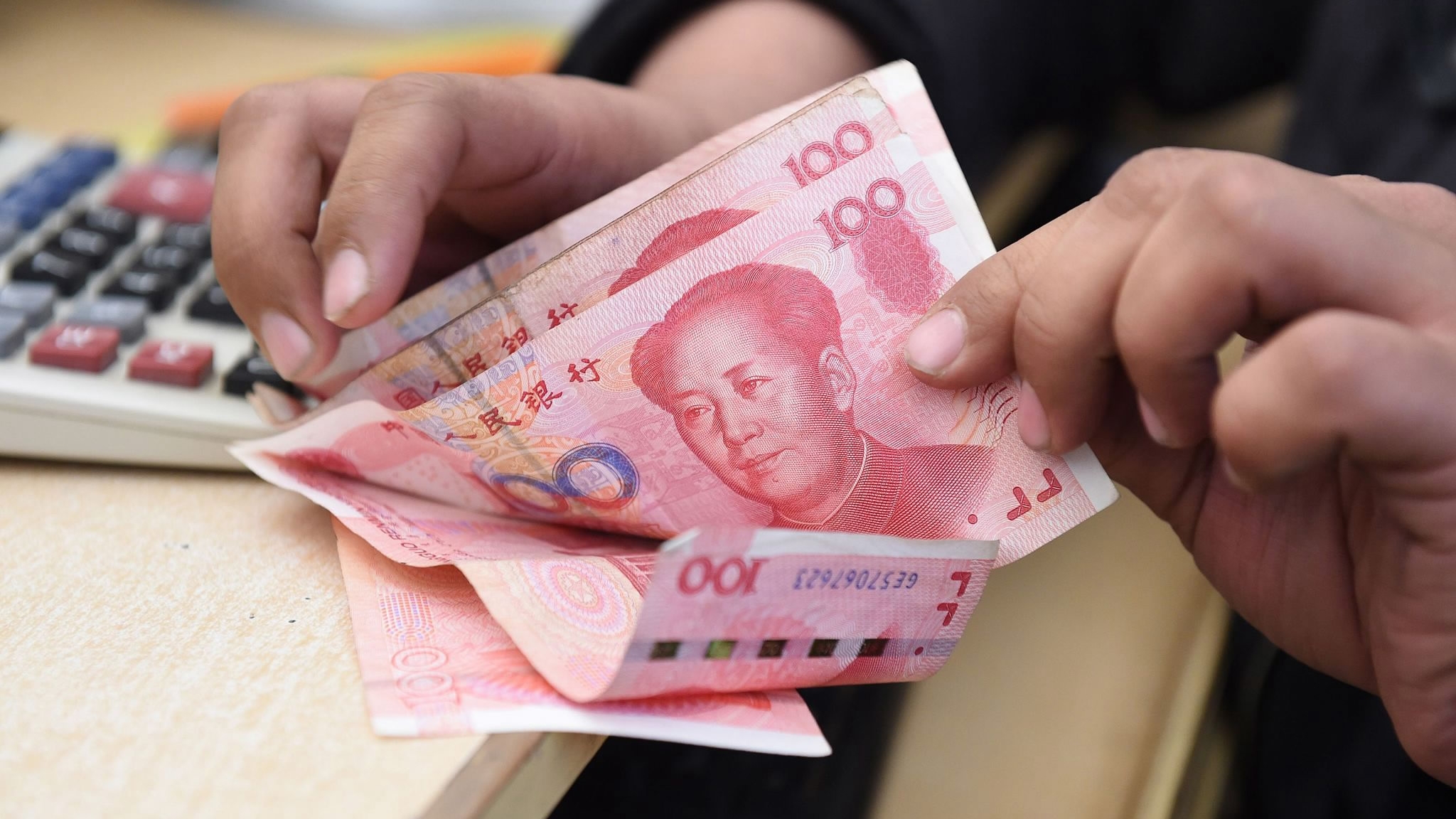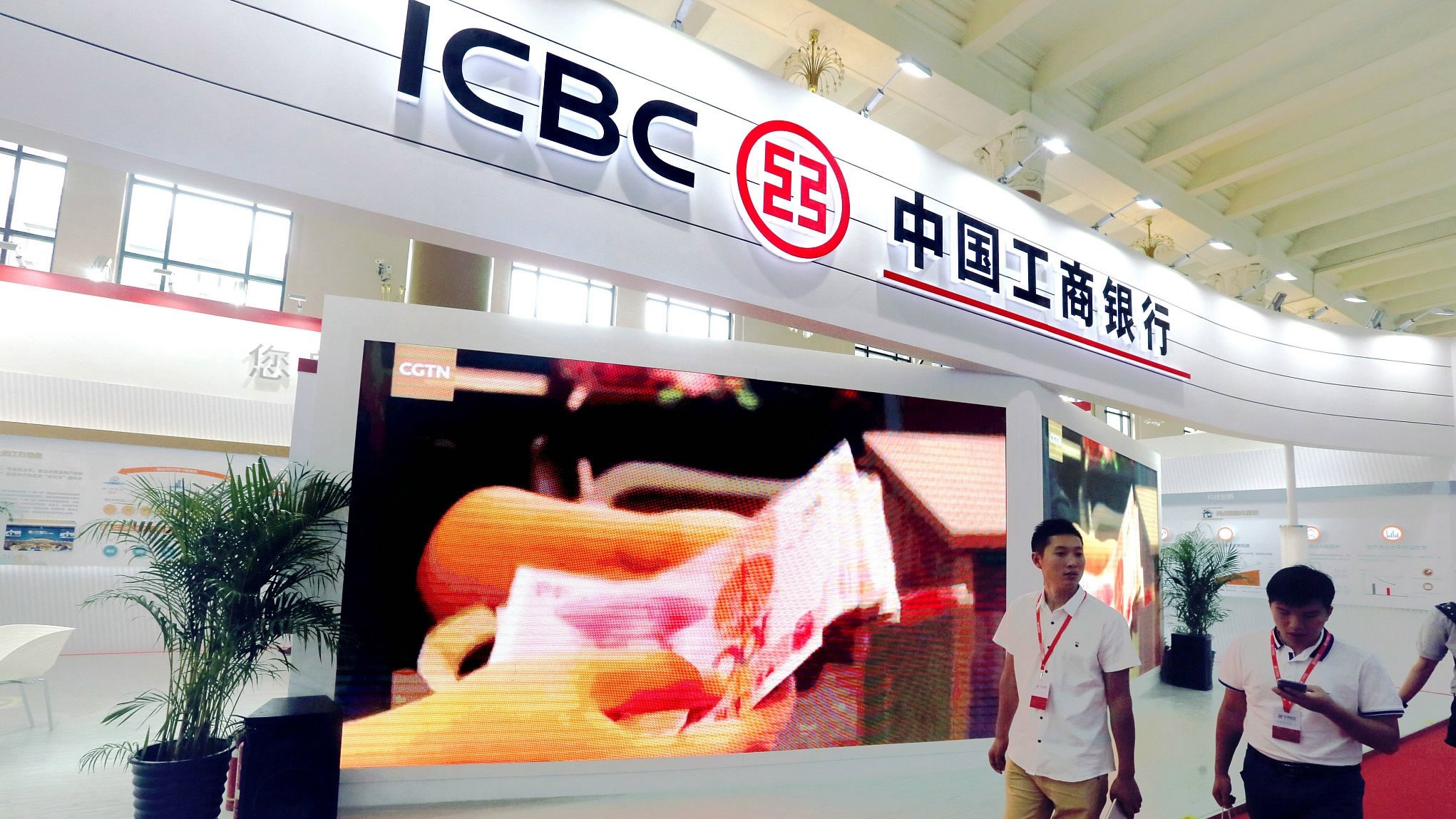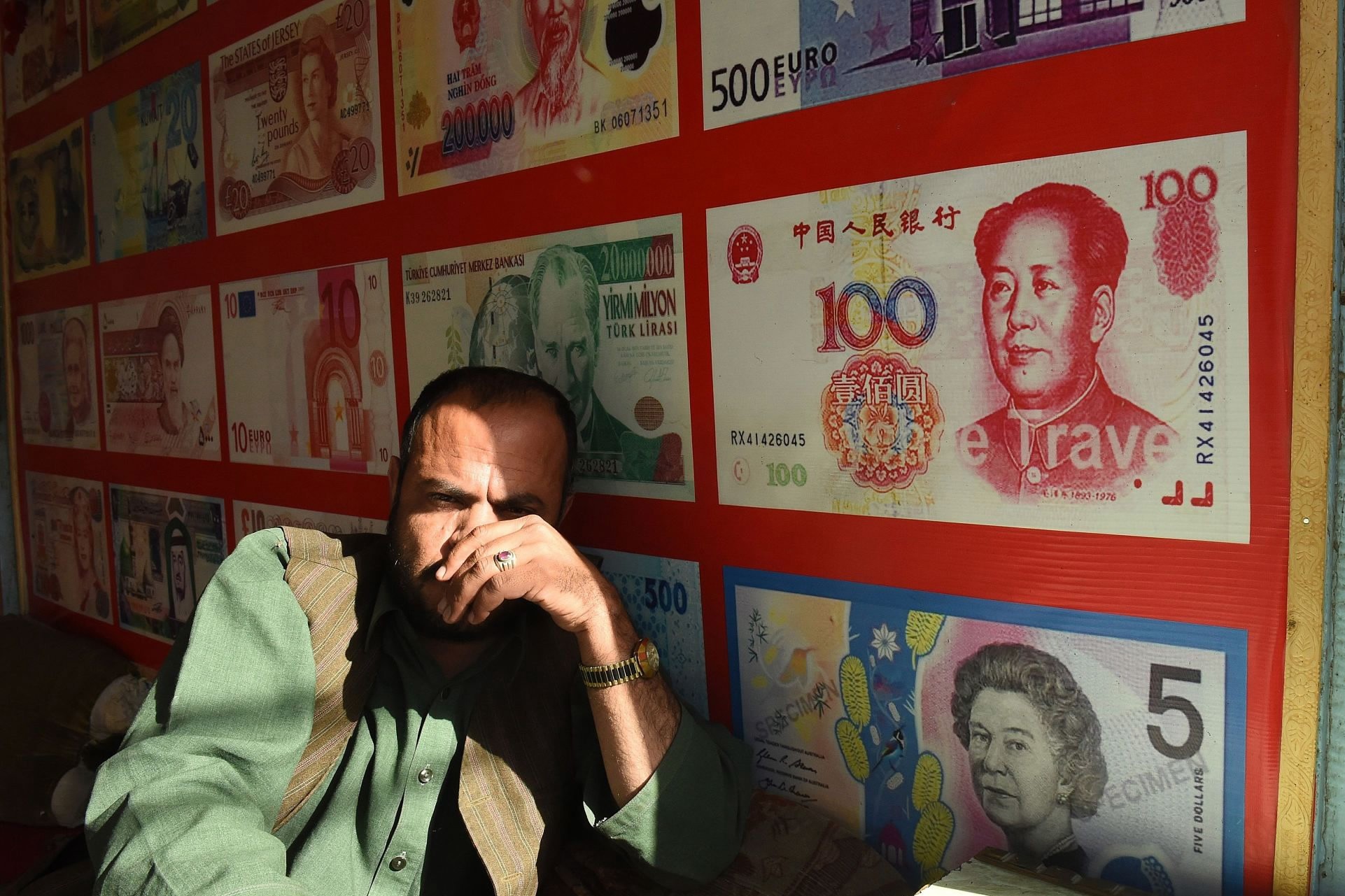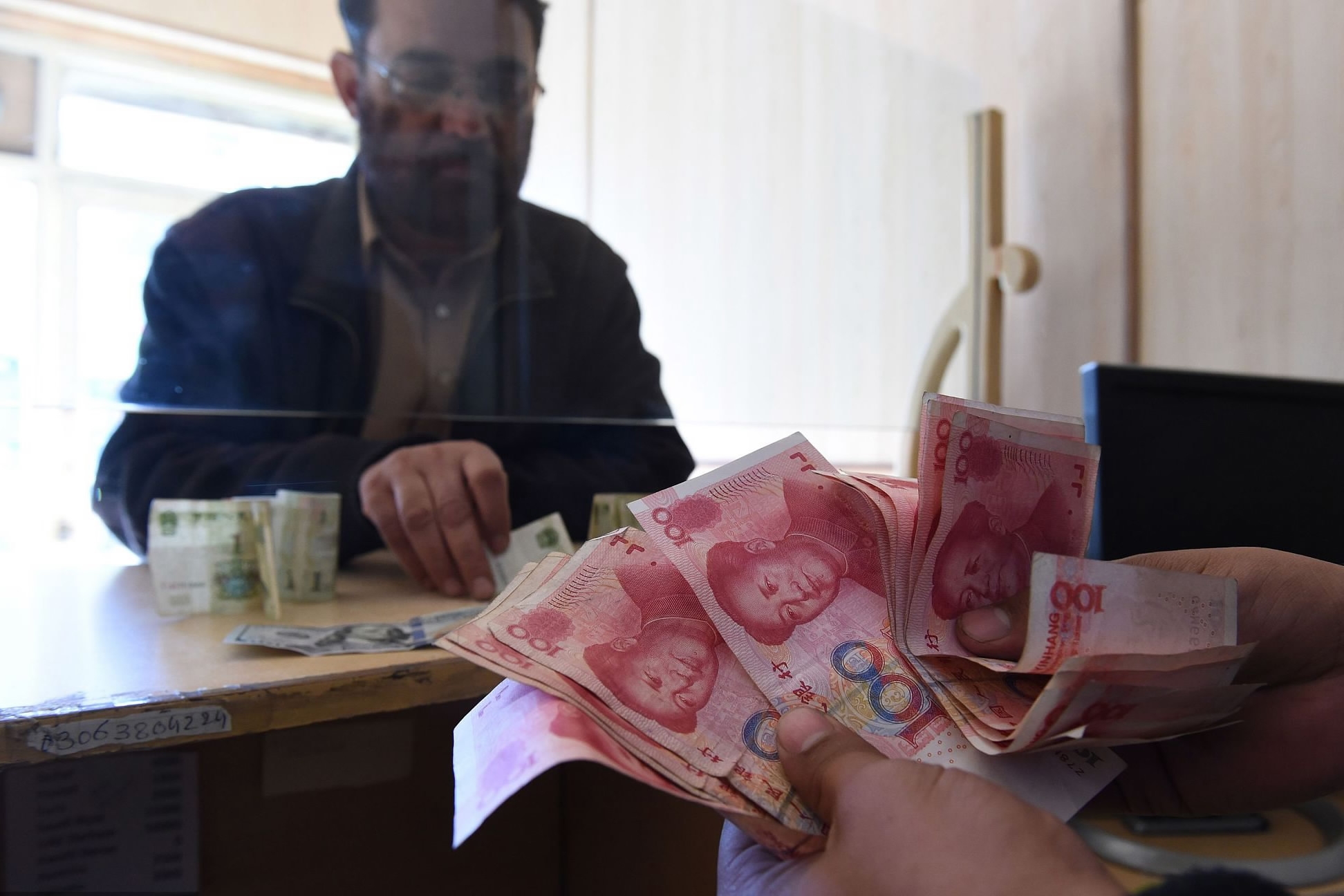
World
13:38, 18-Feb-2018
Did Pakistan borrow $500 million from ICBC to repay old Chinese loan?
By Abhishek G Bhaya

Pakistan has reportedly contracted a foreign commercial loan of 500 million US dollars from Industrial and Commercial Bank of China (ICBC) last month, just before the country was due to repay the loan of the same amount from China State Administration of Foreign Exchange (SAFE), prompting speculation whether the fresh loan was taken to pay off the old borrowing.
The new loan will see ICBC’s contribution to supporting a strong rupee against the US dollar doubling to a billion US dollars in just three months, the report by Pakistan’s The Express Tribune said.
According to the report, Islamabad contracted the new loan on January 15 to shore up its depleting reserves, while China’s Xinhua reported a day later that Pakistan’s Finance Minister Senator Mohammad Ishaq Dar has instructed the State Bank of Pakistan to repay 500 million US dollars to SAFE, upon the maturity of the loan on January 23.

A stall of Industrial and Commercial Bank of China (ICBC) at an exhibition in Beijing on July 29, 2017. /VCG Photo
A stall of Industrial and Commercial Bank of China (ICBC) at an exhibition in Beijing on July 29, 2017. /VCG Photo
"The loan in the form of a deposit was taken in January 2009, due to the weak current account situation at that time and placed with the State Bank of Pakistan. Since then the deposit was rolled over annually, with the latest maturity date set at 23rd January, 2017," Xinhua quoted the Pakistan finance ministry saying in a statement.
"Instead of yet another roll over for a year, it has been decided to repay the loan, in view of the strong macroeconomic performance and stable foreign exchange reserves position of the country," it said.
The report said that the finance minister has already obtained approval of the Prime Minister for the repayment of the said loan and has directed the State Bank of Pakistan to make payment of 500 million US dollars to SAFE China on January 23.
Prime Minister Nawaz Sharif has formally expressed his deep appreciation to his Chinese counterpart and Government of China for the critical support provided through the SAFE deposit for stabilizing the current account since 2009, the statement said.
Perfect timing
The contracting of the fresh ICBC loan appears perfectly timed with the repayment of the SAFE loan.
Quoting sources from Pakistan’s finance ministry, The Express Tribune report said that the government contracted the loan on January 15 at a rate in the range of 4.5 percent.
The latest loan is the second loan that the ICBC has given to Pakistan to support its diminishing foreign currency reserves, which are largely used to defend a strong rupee and finance the trade deficit. The ICBC had also given 500 million US dollars in October last year.

A roadside money changer handles bundles of Pakistani rupee banknotes at a currency exchange market in Karachi, Pakistan, on Dec. 14, 2017. /VCG Photo
A roadside money changer handles bundles of Pakistani rupee banknotes at a currency exchange market in Karachi, Pakistan, on Dec. 14, 2017. /VCG Photo
Sources in the State Bank of Pakistan told The Express Tribune that it was still intervening in the exchange market to keep the dollar-rupee parity at current level. In December, the central bank let the rupee depreciate by 5.2 percent against the US dollar. But it was still far less than the International Monetary Fund’s assessment of the real value of the rupee.
Official foreign currency reserves have depleted by 3.5 billion US dollars since July. The current account deficit during the first half of the fiscal year widened to over 7.5 billion US dollars.
The government has been accused of ruining the country’s exports by keeping the rupee stronger and blocking taxpayers’ genuine refunds. This has kept the official non-debt creating inflows below requirements and caused a massive increase in the country’s external debt.
Pakistan’s total external debt and liabilities as of December 2017 stood at 88.9 billion US dollars, higher by 5.8 billion US dollars or 6.9 percent over six months ago. The main increase came by issuing sovereign bonds and taking expensive commercial loans. In the first half, debt obligated by issuing Sukuk and Eurobonds increased by 52 percent to 7.3 billion US dollars.
Similarly, the debt obtained by taking commercial loans increased to 5.3 billion US dollars excluding the impact of the fresh ICBC borrowing.
The Islamic Development Bank extended 846 million US dollars in loans and the Asian Development Bank financed 481 million US dollars for projects in the first seven months. The World Bank released only 289 million US dollars in the July-January period, which is about 28 percent of the official annual estimates of 1.03 billion US dollars.
China, the single largest lender

A Pakistani currency dealer waits for the customer in Quetta on January 3, 2018. /VCG Photo
A Pakistani currency dealer waits for the customer in Quetta on January 3, 2018. /VCG Photo
In January, Islamabad borrowed a total of 704 million US dollars in loans which took the country’s combined foreign borrowings for the first seven months of the 2017-18 financial year (which runs from July 1 to June 30 in Pakistan) to 6.6 billion US dollars, the sources said.
The foreign loans were equal to 86 percent of the annual budgetary estimates that parliament had approved in June last year. This suggests that foreign loans may cross 10 billion US dollars for the second consecutive year, the report said.
Chinese loans to Pakistan in the last seven months were 1.6 billion US dollars, accounting for a quarter of the total foreign loans during the period. This also makes Beijing the single largest lender of Pakistan.
In addition, China has also provided Pakistan nearly 610 million US dollars towards the financing of various projects during the first seven months.
Foreign loans soar in Pakistan
In terms of source, sovereign bonds were the single largest source after Islamabad raised 2.5 billion US dollars in November, which contributed roughly 38 percent of total foreign loans.

A Pakistani currency dealer counts Chinese currency for his customer at his shop in Quetta on January 3, 2018. /VCG Photo
A Pakistani currency dealer counts Chinese currency for his customer at his shop in Quetta on January 3, 2018. /VCG Photo
With fresh foreign loans, the total foreign commercial borrowings in the first seven months of this fiscal year have increased to 1.8 billion US dollars, said the sources.
The finance ministry had informed the parliament in June last year that it would obtain 1 billion US dollars as commercial loans during the 2017-18 financial year that ends on June 30. However, it has already breached the limit with five months remaining.
So far, Citibank has given 267 million US dollars, Credit Suisse AG loaned 255 million US dollars, Standard Chartered Bank London accounted for 200 million US dollars and Dubai Bank 55.9 million US dollars. The share of foreign commercial banks in total loans stood at 27 percent.
The loans are obtained to stop the downward slide of the official foreign currency reserves that currently stand at 12.8 billion US dollars even after issuing 2.5 billion US dollars worth of sovereign bonds in November. The ministry is trying in vain to stop the reserves from slipping below the two-and-a-half-month import bill cover, which at current value of the import bill stands at 12.3 billion US dollars.
(With input from agencies)
[Cover photo: A Pakistani currency dealer counts Chinese currency for his customer at his shop in Quetta on January 3, 2018. /VCG Photo]
3876km

SITEMAP
Copyright © 2018 CGTN. Beijing ICP prepared NO.16065310-3
Copyright © 2018 CGTN. Beijing ICP prepared NO.16065310-3